I just realized that I have never actually written about one of my favorite manga series of all time. This seems like a grave omission. After all, I wrote about my favorite European graphic novel back in 2009. Time to rectify this. Especially since James Cameron is supposedly adapting it into a live action movie.
Please note that garbing the pictures for this review was a nostalgia overload me. The first time I read this series was around the sophomore year in high school. It’s crazy how the time flies.
Here is my pitch: if you read one manga series in your lifetime, I highly recommend making it Yukito Kishiro’s Battle Angel Alita. There are many great manga books out there, but this one is my pick. It’s deep, it has a great story, great characters, very original setting and it talks about some very interesting issues that are relevant to my interests.
Let’s talk about the setting first, because I think this is the one feature that sets it apart. Earth is a desolate wasteland, ravaged by some long forgotten wars. Tiphares (or Zalem, depending on the translation you are reading), one of the last cities on the planet is a large disk hanging off from the sky. It is actually anchored to an old, disused space elevator. It is the last bastion of high technology, culture and a comfort. It is a lush paradise compared to the ravaged surface of the planet. But if you are not a citizen, you are not allowed in. There is no immigration process and no exceptions. In fact, the inhabitants of the city are so xenophobic that they destroyed the base of the elevator cutting it off from the surface, and they employ an army of robots to shoot down everything that flies (this includes birds).
The city is supplied via a system of completely automated, and heavily defended farms, mines, factories and resupply depots. Resources are sent up to the city via hanging cables and waste is simply dropped down from the center of the hub. As you can imagine, there is a huge garbage dump directly below the floating city. This dump is full of high technology junk, cybernetic parts and treasures that you wouldn’t otherwise find anywhere else. Unsurprisingly, a lot of people choose to live around that dump, making a living scavenging and trading in Tipharean junk. The sprawling slums that grew below the hanging city in the sky don’t even have a proper name – people call it “the Scrapyard”. The living conditions are poor, food and medicine is scarce, medical care is poor, but cybernetic junk junk is cheap and plentiful. It literally rains from the sky. In most cases it is cheaper to replace failing body parts with artificial ones than it is to pay for proper medication and surgery required to mend the frail flesh. And that’s what people did. Eventually a network effect kicked in, and having a flesh body started to became a liability. A meat-bag human just can’t compete with a cyborg whose artificial body is much stronger, faster and more resilient. The Scrapyard is a city of machines, with most it’s inhabitants sporting fully artificial bodies of all shapes and sizes.
Tipharean factories located within the Scrapyard are the closest thing to government and law enforcement that exists there. Only the machines that maintain them don’t care much about the local population. They fiercely defend the city’s supply routes and enforce the no-flying rule, but have little interest in policing the native inhabitants. Emergence of violent gang leaders, serial killers activity or other high profile crime does register with them though. It destabilizes the region and causes social tensions that could interfere with the operation of the factories. So they put out bounties the heads of most notorious criminals, and let the Scrapyard regulate itself.
That’s the setting. It’s a post-apocalyptic cyberpunk with a cyborg fetish. It is probably worth mentioning that initially all the action takes place in the scrapyard. You don’t actually get to see the city of Tiphares or it’s inhabitants until much, much later. So right of the bat, you have a lot of delicious mysteries. Who built the city. Is it really a paradise on Earth? If it is a space elevator, does it still work?
Now for the story: Ido Daisuke, an idealistic, good natured cyber-surgeon finds a discarded head and torso of a young girl in the scrap heap. He fixes her up to the best of his ability, but unfortunately the time spent in the junk pile did cause some brain damage. Alita wakes up only with ragged scraps of cryptic memories she is unable to stitch together into something coherent. Her past is shrouded in mystery. For example, despite her small stature and youthful appearance she turns out to be a master of Panzer Kunst – the strongest of the cyborg martial arts, specializing in taking down large, heavily armored opponents.
This martial art is actually a fairly cool idea in itself – it’s based around kinetics, gravity and resonance frequencies. It uses high speed aerial attacks and the the weight density of cybernetic body to put maximum kinetic energy on a small surface area to punch holes in heavy armor, or failing that to exploit resonance frequencies of common metal alloys to damage soft biological organs behind it.
So the protagonist is a highly trained combat specialist with (likely a veteran of some long forgotten war) a face and psyche of a young teenage girl, and her memories wiped almost entirely clean. She is a blank slate, and she tries to find her place in the violent, poverty stricken Scrapyard. At first she works as Ido’s assistant, but soon enough she realizes she can use her skills for bounty hunting work. Along the way she learns some pretty hard lessons – that you can’t pay your way or sneak into Tipharies, that you should not fuck with the factories that supply it, that you can’t be a big shot bounty hunter without pissing off the wrong people and having them lash out at your loved ones, that Scrapyard is a place where most dreams and hopes come to die, and etc…
Here is the thing that makes this managa series great: Kishiro is able to combine extreme violence, technology fetish and philosophical discourse in one neat package. The pages of his comic are full of technical diagrams and footnotes explaining how the technology is supposed to work in his world, and he is not afraid to ask interesting questions. Like, what does it mean to be human? What happens to the human psyche when you start replacing his flesh with hard, cold steel? How do people cope with loosing their flesh bodies when they must take a fully cybernetic body due to injuries or medical problems? What happens to your soul when you digitize your consciousness? What does it mean to be a human? This stuff is right up my alley, don’t you think? Some of his ideas are very, very interesting. If you recall, I mentioned one of the big twists from this series here.
His stories are heavy on existentialism. His characters search for meaning, and frequently come up empty. One of the focal themes of the series is fate, and destiny. Are there such things? Can you take your destiny into your own hands, and own it? Or is it something that owns you and you are powerless to resist? In a truly unique fashion Kishiro pits fierce Nietzhean individualism against concepts of predestination and karma. All of it plays out against the backdrop of a coming of age story: you get to watch the young amnesiac Alita grow up, experience love, loss, grow bitter, disillusioned, lose herself, find herself again and grow stronger.
It’s a smart, thought provoking and deep cyberpunk/science fiction with pictures. There are 9 books in the series, and I highly recommend reading all of them. The third book (the motorball one) is arguably the weakest one, but if you really want to see the secrets of Tipharies and Alita’s past revealed you need to read the whole thing.
Note on translations: depending on the version you are reading, the hanging city may be called either Tipharies or Zalem, and the protagonist may be either Alita or Gally. American translators swapped bunch of names around for some strange reason leading to all kinds of confusion. In this review, I used the names from the books I actually own. Keep in mind I bought these in high school – so newer editions might have switched back to the original, proper names.
There is also a prequel series called The Last Order, but I can’t really say anything about it since I have not read it.
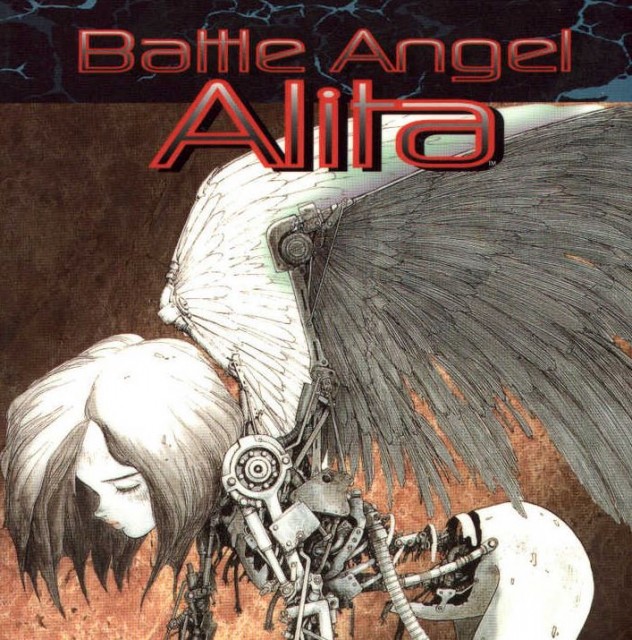
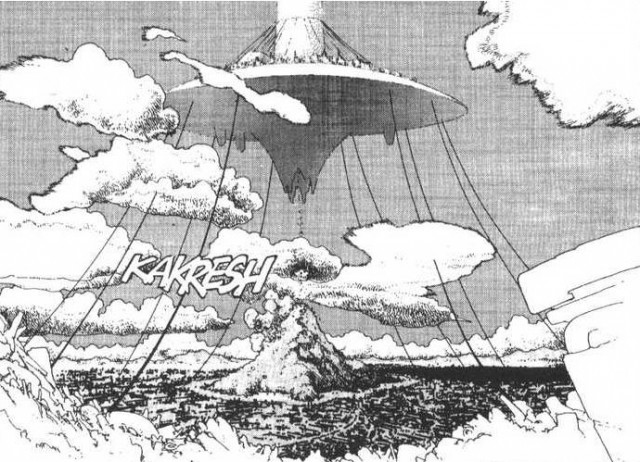
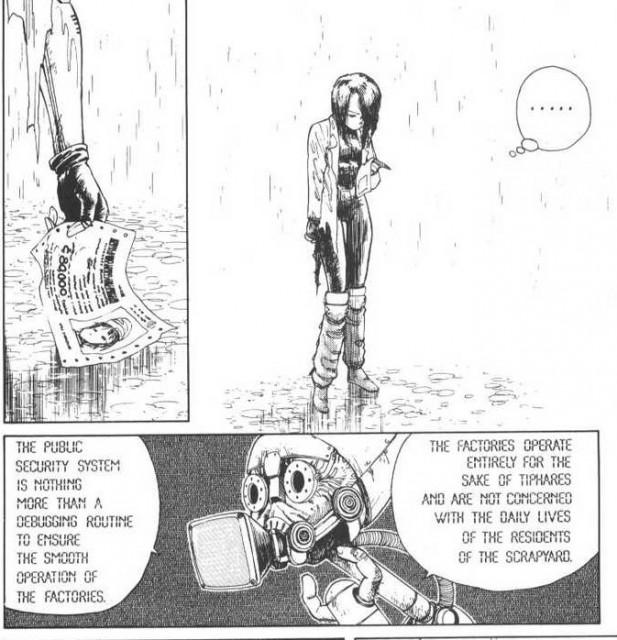
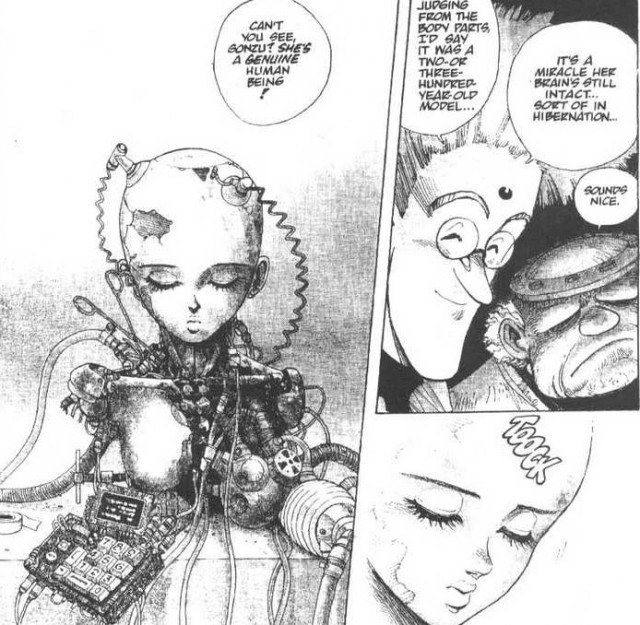
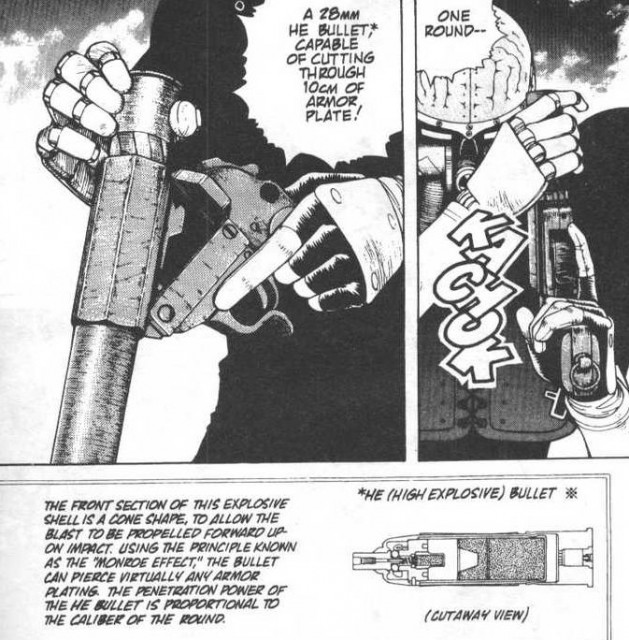
This sounds pretty awesome- I’ll go pick it up!
By the by- I had a blast playing co-op Portal 2 with you last night. It’s such fun to play a co-op game with another high-level geek. The problem solving in that game is polished to a high sheen!
Make a Portal post soon (I’m sure you are) so we can discuss it! :)
1. Motorball is the weakest part? Motorball is awesome!
2. Last Order is not a prequel, it’s sequel with a alternate ending for battle angel alita.
3. And yes, I agree that it is the best manga ever.
@ Gothmog:
How does co-op for Portal 2 work? I have no friends to play with so I haven’t tried it yet.
@ Gothmog:
Yeah, I wasn’t sure how the co-op mode would work, but they seem to have nailed it. It was fun. Also, I got a flag item. :P
@ Liudvikas:
Well, motor ball was kind cool but I felt it was sort of a bit of a departure from the story before and after it. I don’t know…
I was entirely convinced Last Order was a prequel that dealt with Alita’s past before Ido found her in Scrapyard. Interesting. I will need to check it out now. Is it worth the read?
As for Portal co-op:
Two robots, two portal guns and puzzles that require 4 portals. For example, walking through the emancipation grill only deactivates your portal, but not your partners. It plays just like single player, only with two people. There seems to be a linear progression through the levels and GlaDOS insults you along the way. I’m not sure if it has the same replay value as multiplayer shooters though – since once you solve the puzzle once, you know how to get it next time. unless they somehow generate them procedurally or something (but I doubt it). It’s pretty cool the first time around though. :)
Btw, you can friend me on Steam.
Well Last Order shows some flashbacks into Alitas past. It’s definitely worth a read.
If puzzles aren’t randomly generated in co-op, then valve is missing out on superb replay value. Anyway, Portal 2 ending was the single greatest ending of any game.
[spoiler]
When I saw the ceiling falling and moon appearing, I thought to myself: “Fuck yeah, space – the final frontier!”. And when the turret chorus began singing – my heart melted. If valve won’t produce wheatley and turret talking toys, then they will be missing out on some serious cash.
@ Liudvikas – your spoiler tags FAIL, and I am dissapoint. :(
@ Luke Maciak – I finished the first Alita book last night and I’m mid-way through the 2nd. I really like it! Thanks for the suggestion, man.
@ Gothmog:
Sorry, I am failure as a human being :(
But you should have stopped reading when you saw the tag :)
@ Liudvikas:
I saw the spoiler tag and I stopped reading. Now I’m back to comment. :)
————-
SPOILERS
————-
When I saw the moon I was like: Hey, that’s a grayish color… I wonder if I can shoot a portal at it. Turns out that I could. Major WIN! :)
——————–
END SPOILERS
——————–
@ Gothmog:
Awesome! :) It only gets better later on. Or more crazy and twisted, but in a good way.
Wow- I just finished the last book of the first series (book 9).
It was VERY good! Thanks again for the suggestion- should I bother with the sequel Last Order?
By the by- I heartily recommend ‘Comic Reader Mobi’ on android and iPhone. It has a slick ‘textzoom’ function that sets it above all other mobile readers.
I’ve scoured the internet for a cbr/z of Chninkel with no luck :( I grew up in Germany and we’ve undoubtedly read many of the same comics, Luke- yours translated in Polish and mine in German.
We should compare notes sometime :)
Anyway, I’ve finally beaten Portal 2. Damn, that game was cool.
@ Gothmog:
The next series ‘Battle angel alita : Last order’ is really good, so far I’m on book 15! Well worth the read!